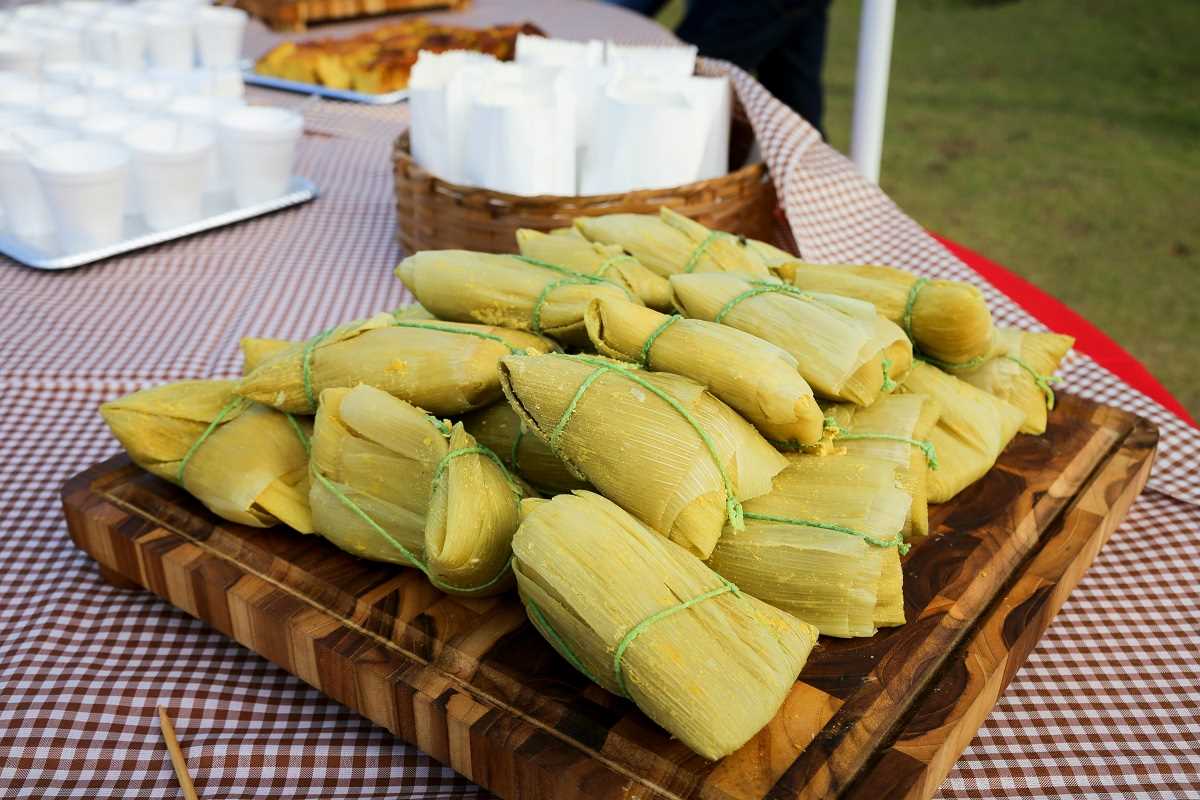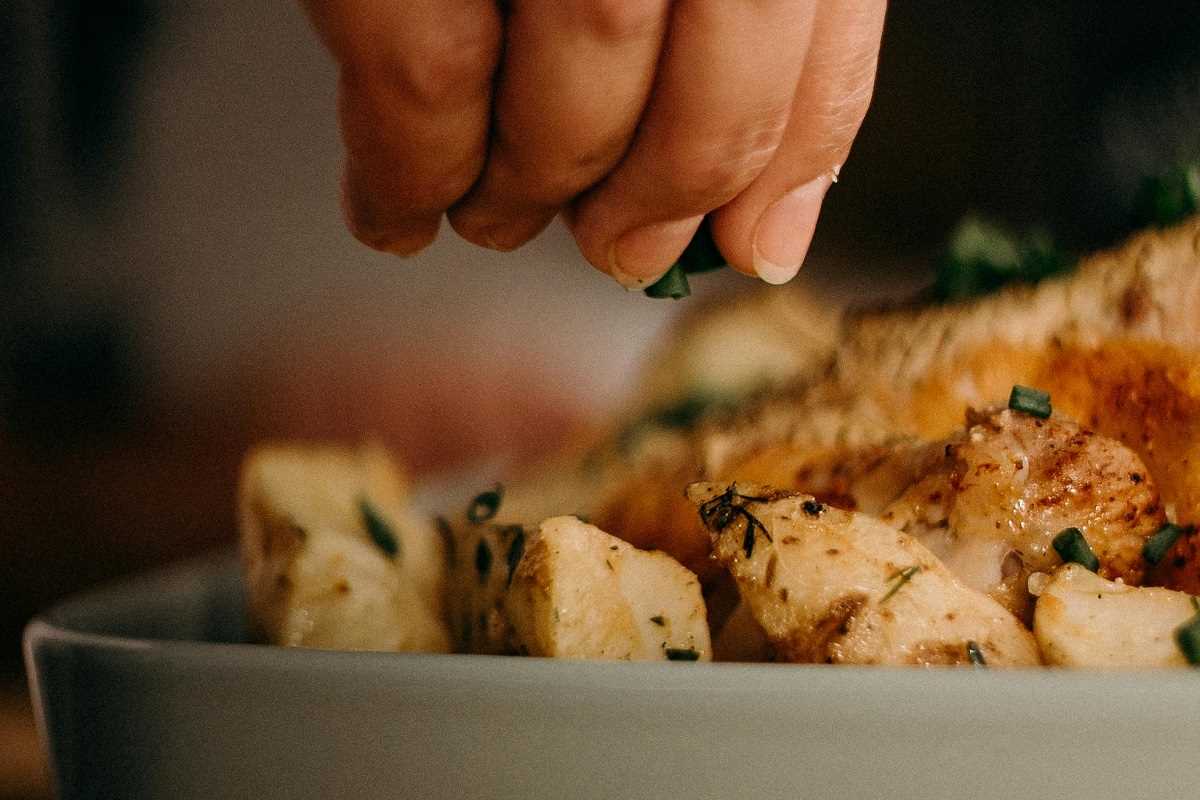Warm, buttery aromas drift from behind hand-carved wooden counters as ovens cast a gentle glow, filling the air with the promise of something freshly baked. Tucked away in the quiet corners of Europe, bakers craft every loaf and tart with care, using recipes handed down through generations. Each pastry carries the memory of local fields, time-honored techniques, and family kitchens where tradition thrives. The atmosphere invites you to discover the flour-dusted rituals and cherished recipes that preserve the heart of small-town life, offering comfort and connection in every golden, flaky bite.
How Small-Town History Shapes Flavor
- Regional Grain Varieties: Bakers mill locally grown wheat or rye to capture subtle earthy or nutty tones that industrial flours can’t match. They mix flour milled that morning into dough, ferment it slowly, and create a crumb that tastes of the very fields where the grain sprouted.
- Seasonal Harvest Traditions: Communities often pair their pastries with seasonal fruits and nuts, celebrating autumn hazelnuts or spring berries. These pairings reflect historic harvest festivals, drawing families to savor tarts punctuated by the region’s freshest produce.
- Water Source Influence: When bread water comes straight from mountain springs or deep wells, minerals alter fermentation and crust texture. Imagine slicing into a baguette whose crackle echoes centuries of spring-fed yeast starters nurtured in village basements.
- Shared Oven Rituals: In some villages, bakers still use communal stone ovens, firing up before dawn so neighbors can drop off dough and retrieve loaves by dusk. That ritual underlines a social bond—loaves arriving warm, forging connections over daily bread.
- Cultural Exchange Routes: Trade routes once carried spices, seeds, and grains across borders, and those influences still surface in spice blends or fillings. You might discover cardamom-scented buns in a bakery near an old caravan path that once linked empires.
Hidden Techniques and Time-Honored Traditions
Master bakers guard their sourdough starters like treasured journals, feeding them daily and recording subtle changes in aroma. They layer alternating rounds of folding and resting to build gluten strength without heavy machinery.
Some artisans weave crisp sugar decorations by flicking molten syrup around a fork, spinning sweet veils that crown pastries. Others let laminated dough rest overnight to achieve ultra-lamellar structure—thin, buttery sheets that flake with the slightest touch of a fingernail.
For a glimpse of real bakery culture, watch for bakeries displaying proofing baskets lined with striped linen. Those patterns transfer to dough, hinting at an age-old process that beats machine proofing.
You’ll also notice wooden peel boards scored with parallel lines—each scrape guides steam release, creating the signature ear on a boule’s crust. That ear locks moisture inside, delivering a soft interior that contrasts with a shatteringly crisp shell.
Local apprentices often carry dough outside for a few moments, exposing it to cool dawn air. That brief chill slows yeast activity, sharpening flavors much like wine benefits from cellar storage.
Tips for Visiting Your Local Bakery
- Timing Your Arrival
- Purpose: Catch the freshest pastries right out of the oven
- Steps:
- Check the bakery’s prep schedule or ask a nearby coffee vendor
- Arrive between 7:30–9:00 a.m. on foot or bike to enjoy the morning atmosphere
- Scan the counter for the day’s specials before lines form
- Cost: ~€1.20–€2.50 per croissant
- Insider tip: Accept a sample crumb if offered—it reveals that day’s hydration and crumb softness
- Interpreting Shop Displays
- Purpose: Understand bread quality beyond its name
- Steps:
- Look for handwritten kraft-paper tags noting flour source or fermentation time
- Use simple phrases like “Quel pain ce matin?” to ask about the mill source
- Note if shelves are shaded—bread stored away from sunlight stays crisp longer
- Cost: Regular bakery prices; displays rotate every two hours
- Insider tip: Flour dust in a corner signals fresh dough handling, not store-bought loaves
- Sampling Regional Specialties
- Purpose: Discover local identity through baked goods
- Steps:
- Ask which item reflects yesterday’s harvest or seasonal produce
- Observe dough shaping at open windows to learn about texture
- Taste slowly, paying attention to sugar and spice layers
- Cost: ~€3.50–€5.50 per specialty item
- Insider tip: Arrive early—bakers often reserve the last slices of local specialties for regulars
- Engaging the Baker
- Purpose: Gain authentic insights and recommendations
- Steps:
- Compliment a signature item’s texture
- Ask if seasonal workshops are offered
- Note event dates from chalkboard calendars
- Cost: Events vary—free demos to ~€20 workshops
- Insider tip: Mention a favorite ingredient; bakers sometimes surprise regulars by incorporating it into future batches
- Storing and Tasting Back Home
- Purpose: Preserve freshness after purchase
- Steps:
- Carry cotton bakery bags or paper-lined pouches
- Store pastries in a cool, shaded compartment
- Reheat gently at 150 °C for 2–3 minutes to revive flakiness
- Cost: Reusable bags under €2 at markets
- Insider tip: Slip a bay laurel leaf into the bag to add a subtle herbaceous note during transport
Local Specialties You Should Try
In villages near alpine meadows, you’ll find herb-kissed flatbreads topped with mountain cheese and wild thyme. These simple creations reflect shepherds’ midday meals and pair perfectly with a glass of sparkling well water. Coastal hamlets serve sweet rolls infused with citrus zest and filled with olive oil, offering a fresh taste of the sea breeze on your palate.
Mountain passes add juniper smoke to slow-baked rye loaves, while inland glens feature flaky pies packed with game meats and mushrooms for foragers returning from the forest. Each specialty connects you to a place—an edible snapshot of the local landscape and legends.
Bringing Authentic Pastries Back Home
Pack pastries carefully with breathable wraps and wax sheets, and carry them on flights to protect delicate crusts. Let treats rest before reheating to revive their flavors, and add local spices or freeze-dried fruits for a fresh touch. Each pastry becomes a reminder of traditions preserved in small-town bakeries and the stories they share.
 (Image via
(Image via





